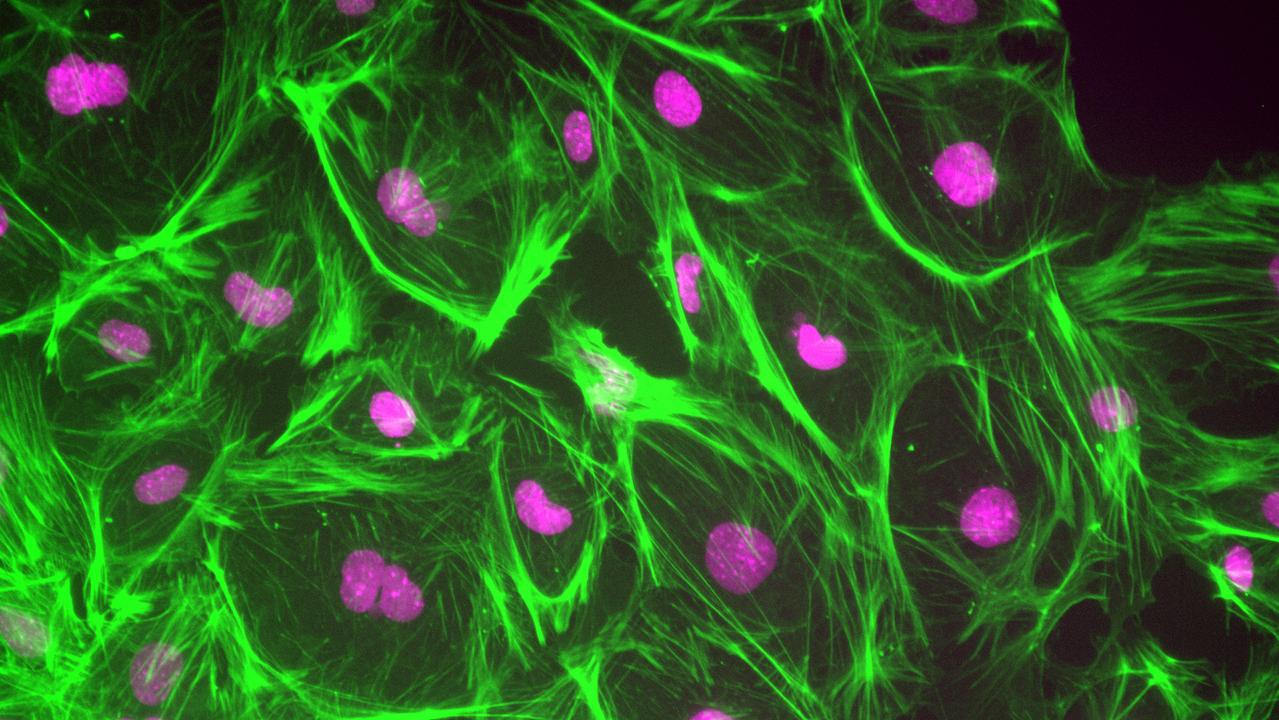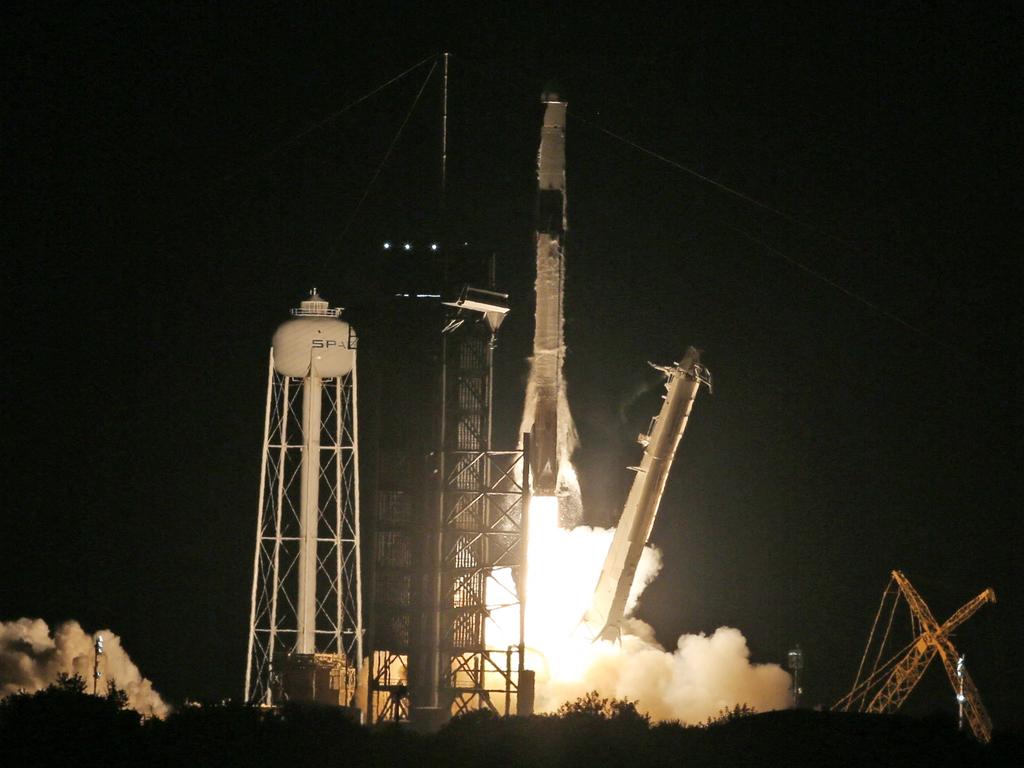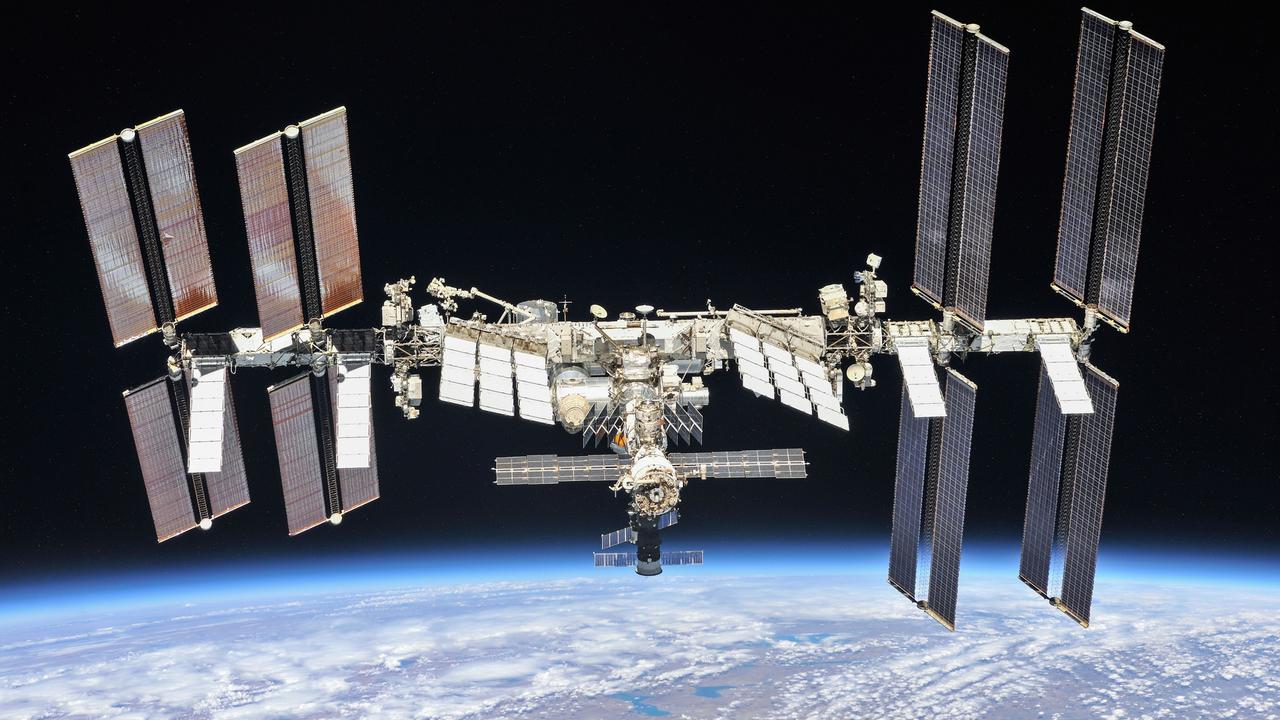Scientists send own stem cells into space to test zero gravity growth
Much cheaper than buying seats on a commercial space flight, but crazier sounding than far-fetched science fiction, researchers have just shot their own stem cells into orbit to see how well they grow

READING LEVEL: ORANGE
Researcher Dhruv Sareen’s own stem cells* are now orbiting Earth. The mission? To test whether they’ll grow better in zero gravity*.
Scientists at Cedars-Sinai Medical Center in Los Angeles are trying to find new ways to produce huge batches of a type of stem cell that can generate nearly any other type of cell in the body — and potentially be used in treatments for many diseases. The cells arrived at the International Space Station last weekend on a supply ship.

Unfortunately a ticket for one was a little beyond the scientist’s budget.
“I don’t think I would be able to pay whatever it costs now,” Dr Sareen said. “At least a part of me … can go up (in cells)!”
The experiment is the latest research project that involves shooting stem cells into space. Some, like this one, aim to overcome the terrestrial* difficulty of mass producing the cells. Others explore how space travel impacts the cells in the body. And some help better understand diseases such as cancer.
“By pushing the boundaries like this, it’s knowledge and it’s science and it’s learning,” said Cedars-Sinai’s Regenerative* Medicine Institute executive director Dr Clive Svendsen.
But Earthly applications* of the research may be a little way off.

Stem cell potential remains held back by a frustrating Earthly problem. The planet’s gravity makes it tough to grow the vast quantities of cells necessary for future therapies that may require more than a billion per patient.
“With current technology right now, even if the (Food and Drug Administration) instantly approved any of these therapies, we don’t have the capacity to manufacture (what’s needed)”, said Washington University biomedical engineering expert Dr Jeffrey Millman.
The issue? In large bioreactors*, the cells need to be stirred vigorously or they clump or fall to the bottom of the tank, Dr Millman said. The stress can cause most cells to die.
“In zero G, there’s no force on the cells, so they can just grow in a different way,” Dr Svendsen said.

The Cedars-Sinai team has sent up what are called “induced pluripotent”* stem cells. Many scientists consider them the perfect starting materials for all sorts of personalised, cell-based treatments. They carry a patient’s own DNA, and their versatility makes them similar to embryonic* stem cells, only they are reprogrammed from adults’ skin or blood cells.
For the current NASA-funded experiment, a shoebox-sized container holds bags filled with spheres of cells and all of the pumps and solutions needed to keep them alive for four weeks. The cargo will also include neural* stem cells originating from Dr Svendsen. The scientists used stem cells derived from their own white blood cells because it was easy for them to give consent.

They will run the experiment remotely with a box of cells on Earth for comparison. The space experiment will return in the same SpaceX capsule in five weeks or so.
The work is designed to pave the way for more NASA-funded research into figuring out how to make billions of cells in orbit.
“The impact could be huge,” Dr Svendsen said.
GLOSSARY
- stem cells: special human cells that can develop into many different cell types, from muscle cells to brain cells
- zero gravity: zero G, the state or condition of weightlessness
- terrestrial: relating to planet Earth, or referring to land rather than sea or air
- regenerative: able to regrow, repair, renew
- applications: the ways that something can be used for a particular purpose
- bioreactors: device for growing organisms including cells under controlled conditions
- induced pluripotent: adult stem cell made – that is, induced – to become a different cell type
- DNA: molecule inside cells containing genetic information responsible for development and function of an organism
- embryonic: relating to the embryonic or very early stage of human development
- neural: involving a nerve or the system of nerves that includes the brain
EXTRA READING
NASA shows off amazing new cosmic views
Squid and water bears blast off into space
Surprise! Seeds grow in moon soil
Growing ‘mini brains’ and zapping them to life
QUICK QUIZ
- How did the stem cells get to the International Space Station?
- What are the three main reasons why researchers are sending stem cells into space?
- What is holding back the potential of stem cell research?
- What type of cell do scientists consider the perfect starting material for cell-based treatments?
- When and how will the stem cells return to Earth?
LISTEN TO THIS STORY
CLASSROOM ACTIVITIES
1. What’s the Most Important?
What are the three most important discoveries that scientists can learn from this experiment? Find the information in the story to write a list. Your list should be ranked from one to three – in order of how important you think each discovery will be. For each one write sentences explaining why you chose that ranking.
Time: allow 20 minutes to complete this activity
Curriculum Links: English; Science
2. Extension
Write a science fiction or fantasy story. Your story must be inspired by something in the story. For example, what if the stem cells grew and were able to break out of the spaceship? What would happen if earth suddenly switched to zero gravity?
Time: allow 30 minutes to complete this activity
Curriculum Links: English; Science
VCOP ACTIVITY
Imaginative dialogue
Imagine you were there during the event being discussed in the article, or for the interview.
Create a conversation between two characters from the article – you may need or want to include yourself as one of the characters. Don’t forget to try to use facts and details from the article to help make your dialogue as realistic as possible.
Go through your writing and highlight any punctuation you have used in green. Make sure you carefully check the punctuation used for the dialogue and ensure you have opened and closed the speaking in the correct places.

